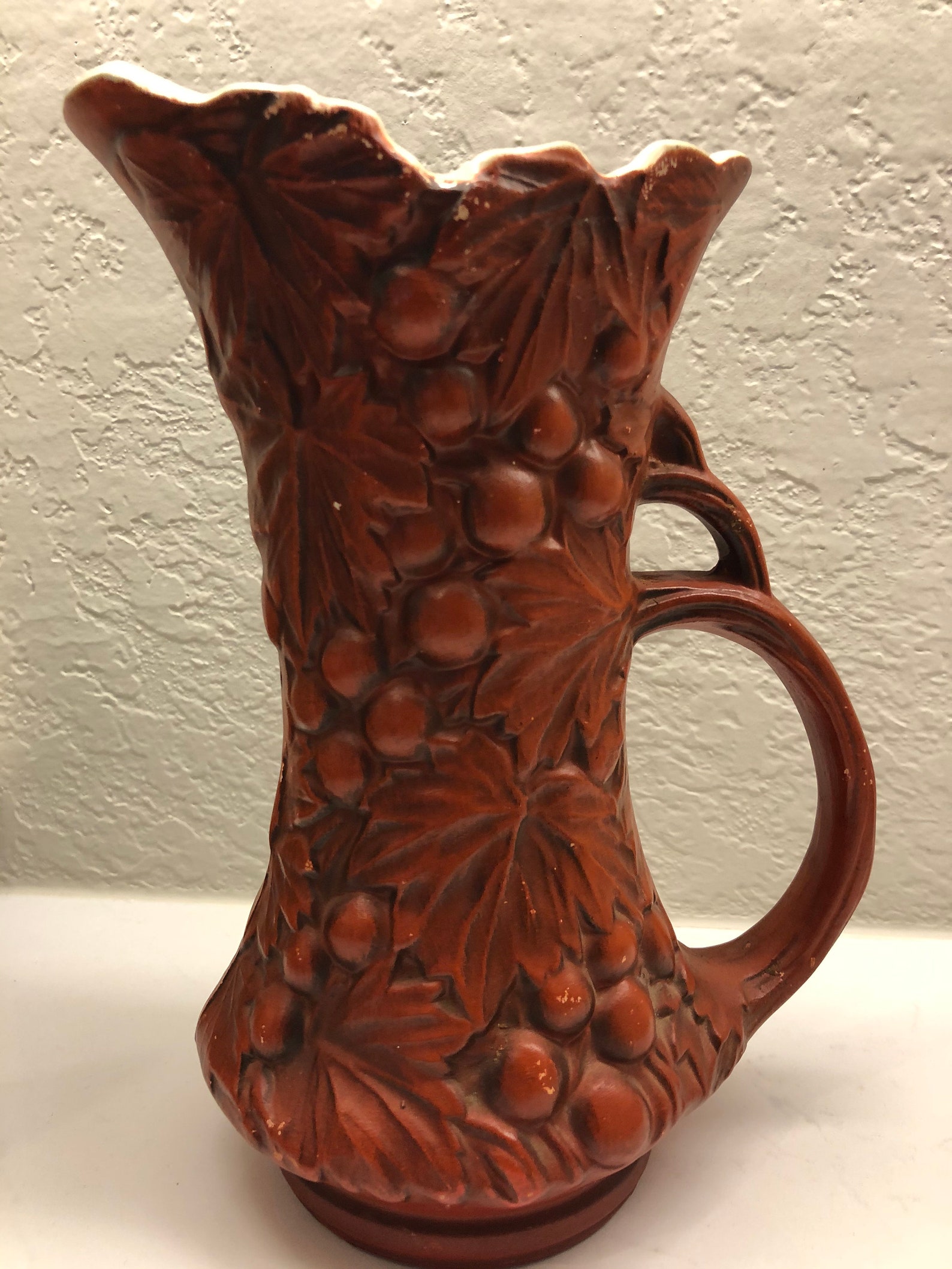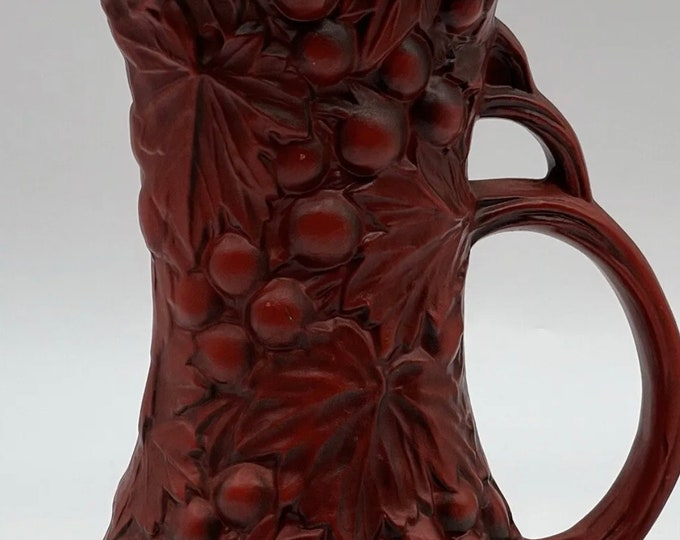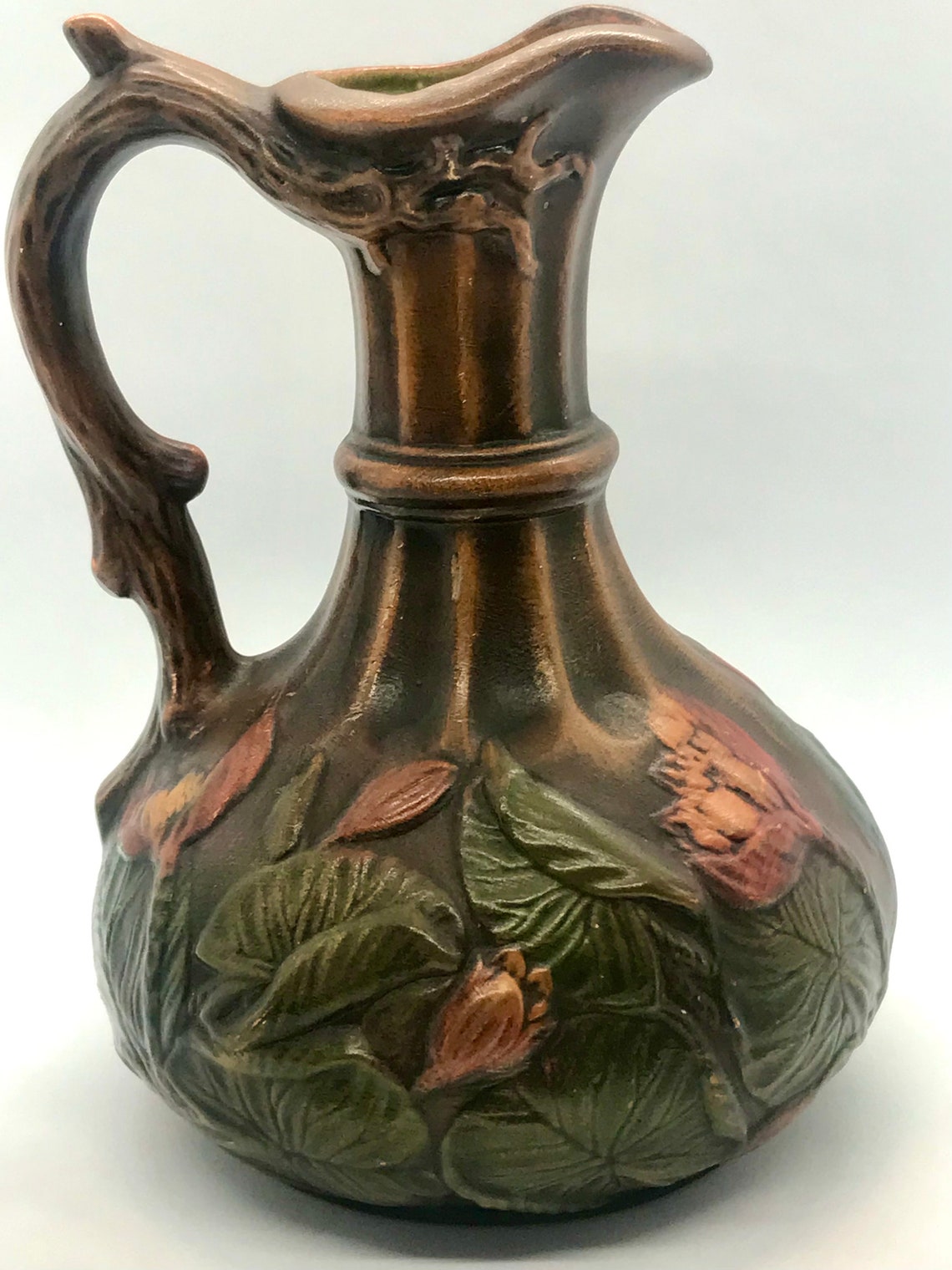Pottery Tray Foam Pressing
Pottery Tray Foam Pressing - Simple Dish Making
There's a neat way to make pottery dishes, like trays or bowls, that a lot of folks find quite handy. It involves using a piece of foam along with a mold and some clay. This method helps you get a good, even shape without too much fuss. It's a bit like pressing a cookie cutter into dough, but for clay, and with a clever foam assist.
This approach, you see, is all about getting your clay slab just right, then carefully placing it over a form or mold, and then, with the help of some foam, gently pushing the clay to take on the mold's shape. It’s a pretty straightforward process once you get the hang of it, and it can really help when you want to make several pieces that look quite similar. You know, it's a way to be consistent with your creations.
Many people find this technique a good fit for their pottery work, whether they are just starting out or have been doing it for a while. It opens up possibilities for making various items, from everyday serving pieces to decorative accents for your home. It’s a method that, in a way, simplifies the making of forms, making it accessible for many who enjoy working with clay.
- Nicole Brown Simpson Crime Sceen
- Mens Quilted Puffer Vest
- Sexy Women Tattoos
- Amber Marshall Movies
- Paula Patton Shows
Table of Contents
- What is Pottery Tray Foam Pressing?
- Getting Started with Pottery Tray Foam Pressing
- How Does Foam Pressing Help Your Pottery?
- Making Your Pottery Tray - The Foam Pressing Steps
- What Kind of Forms Work Best for Pottery Tray Foam Pressing?
- Choosing the Right Mold for Your Pottery Tray Foam Pressing
- Any Tips for a Great Pottery Tray Foam Pressing Result?
- Adding Character to Your Pottery Tray Foam Pressing Projects
What is Pottery Tray Foam Pressing?
So, what exactly is this pottery tray foam pressing method all about? Well, it’s a clever approach to shaping clay, especially for making things like dishes, trays, or plates. You begin with a flat piece of clay, often called a slab. Then, you use a firm shape, like a wooden mold or a special form, and a piece of foam. The idea is that you press the clay, with the form on top, into the foam. This pushing action helps the clay take on the exact contours of the form, giving you a consistent piece every time.
This way of working with clay is really good for getting uniform pieces. It's not about throwing clay on a wheel, you know, but more about building with flat sheets. It helps create a piece that has a sturdy feel to it, and it's a pretty satisfying process to see the clay take on the shape you want. Many folks find it a straightforward way to produce items that are both useful and nice to look at, essentially making it easier to get those clean, defined edges and curves.
Getting Started with Pottery Tray Foam Pressing
Before you get to the actual pressing, there are a few things to sort out. First, you need to get your clay slab ready. This means rolling out your clay to a consistent thickness. A good measurement to aim for is about a quarter of an inch, which is roughly six millimeters. This thickness, you see, helps the clay hold its form well during the pressing and drying stages, giving your finished pottery tray a nice feel and durability. It’s pretty important to get this part right, as it sets the stage for everything else.
Once your clay is rolled out, it's actually a pretty good idea to let it firm up just a little bit. If your clay is too soft, like, really fresh and squishy, when you press it, the edges of your plate or tray might just droop down once you lift it from the foam. It’s like trying to build something with very wet sand; it just won't hold its shape. So, allowing the clay to stiffen up a little helps it keep its form better, and the sides won't flop over as much. This little wait can make a big difference in how your finished pottery tray looks.
You'll also need your mold or form, and a piece of foam. We've heard that different kinds of foam have been tried in studios, and some work better than others for this kind of pressing. You’ll place your flattened clay on top of the foam, then put your mold on top of the clay. This setup is what allows the pressing to happen effectively, giving you the shape you're aiming for. It's a fairly simple arrangement, but it works wonders for shaping your pottery tray.
How Does Foam Pressing Help Your Pottery?
So, how does using foam really help when you're making pottery? Well, it provides a soft, giving surface that lets the clay sink into it as you apply pressure. This means the clay can wrap around the mold evenly, taking on its shape without tearing or getting stressed in awkward spots. It’s a bit like having a cushion that helps everything settle into place, making sure your pottery tray comes out looking smooth and uniform. This even pressure is pretty important for a good result.
The foam also helps to support the clay as it forms, preventing it from collapsing or getting distorted during the pressing process. When you press a form into clay that's resting on foam, the foam yields just enough to let the clay conform. This is especially helpful for creating pieces with nice, consistent edges and curves, which can sometimes be tricky to achieve with other methods. It basically gives the clay a gentle push to fit the mold, making the whole pottery tray shaping process a bit smoother.
Making Your Pottery Tray - The Foam Pressing Steps
Once your clay slab is ready and has firmed up a bit, and your mold is prepared with a release agent – which just helps the clay not stick, you know – it's time to actually press the clay into the mold. You'll place your flattened clay slab right on top of a piece of foam. Then, you put your mold on top of the clay. Now, using a rolling pin, you gently press the clay down into the mold. It’s important, you see, to apply even pressure across the whole surface to make sure the clay takes on the shape of the mold completely. This ensures your pottery tray has a consistent thickness and form.
After you've got the basic shape, you can start adding some details. One step involves marking the inner part of your pottery tray. You can use a piece of wood as a guide to outline this section on the clay. This gives you a clear boundary for where the bottom of your tray will be. Then, if you want to add some natural touches, you can place leaves or other items on the middle section of the tray. You then push these into the clay with your rolling pin, which creates lovely textures. This really gives your pottery tray a unique feel.
Next, you might want to give some attention to the rim of your pottery tray. You can decorate this part using stamps or other tools. This adds a personal touch and can really make your piece stand out. While you could leave the edges of your tray straight, adding scallops to the edges can actually help prevent warping. Warping sometimes happens when the tray is drying or during the firing process. Plus, these scallops add a nice decorative element to the whole piece, giving your pottery tray a more finished look. It's a small detail, but it makes a difference.
After your piece is shaped and decorated, and it's been cleaned up a bit, you might want to add foam supports to the sides again. This is especially helpful for drying. For longer, flat pieces like trays, drying can be a bit tricky. You can place a layer of foam on the inside with some weights on top. This helps stop the piece from lifting or twisting as it dries, which is a common issue. It basically keeps your pottery tray stable and flat, ensuring it dries without any unwanted changes to its shape.
What Kind of Forms Work Best for Pottery Tray Foam Pressing?
When you're thinking about forms for pottery tray foam pressing, it's pretty helpful to know that certain shapes work better than others. The foam method, you know, tends to work best with forms that have what's called a "roundover" edge. This kind of edge is softer and more rounded. When you push these forms into the clay on top of the foam, the clay can flow smoothly around the curve, creating a nice, clean shape without any trouble. It's really quite forgiving, this type of edge.
On the other hand, there's something called a "bevelled" edge. This kind of edge is, well, sharper than the roundover. If you try pushing forms with a bevelled edge into the foam, there's a chance it could actually cut the clay. This can happen right where the base of your dish meets the rim, creating a weak spot or even separating the clay. So, for pottery tray foam pressing, a roundover edge is definitely the way to go to avoid any little mishaps and ensure your piece comes out whole and smooth.
Choosing the Right Mold for Your Pottery Tray Foam Pressing
Picking the right mold is, you know, pretty important for making good pottery with this technique. The mold itself should be made from something sturdy. Plaster, for example, is a popular choice because it can handle being used over and over again without falling apart. You want something that will hold up to the pressure of pressing and last for many projects. So, checking the material is a good first step for your pottery tray endeavors.
Beyond the material, the mold should also be a good fit for the kind of piece you want to create. There are all sorts of molds out there, like oblong forms that are perfect for making trays and serving dishes. Some forms are even inspired by nature, with shapes that are a bit asymmetrical and wonderfully unpredictable, giving your pottery tray a unique, organic feel. You can also find circle clay cutters for foam pressing, which can help make perfectly round pieces. It’s all about matching the mold to your creative vision, essentially.
You can even make your own molds. For example, you can use many everyday items to create a plaster press mold. This means you can get really creative with the shapes and sizes of your pottery trays. There are also older mold techniques, like using a bisque fired press mold. Bisque firing is basically heating unfired pottery, often called greenware, to certain temperatures. This process gets rid of any water in the clay, making the mold ready for use. So, there are many avenues to explore when it comes to getting or making molds for your pottery tray projects.
Any Tips for a Great Pottery Tray Foam Pressing Result?
When you're working on your pottery tray foam pressing projects, there are a few little things that can help you get a really nice outcome. For one, the crucial step, you know, is making sure you press the slab into the mold so that it's fully supported. This means making sure the clay gets into every nook and cranny of the mold's shape. It’s about being thorough with your pressing to ensure the clay takes on the exact form you intend, leaving no gaps or uneven spots.
Another tip, which is pretty handy, is to consider where you get your supplies. Places like arts and crafts stores often have a good selection of project and home supplies. You can visit them in person or check online for a wide variety of products that might be useful for your pottery tray making. For instance, you can find things like large metal pottery sponge pads with stainless steel trays, or square foam mats that are good for pressing, painting, and glazing. These kinds of tools can really help with your work.
Some artists, you know, even share their methods. For example, a potter named Ann Ruel, who was drawn to pottery by the spinning wheel, has shared ideas for making plywood press molds. These kinds of insights can be very helpful for anyone looking for new ways to make their studio processes a bit smoother. It's all about finding what works for you and your pottery tray creations, learning from others' experiences, and adapting techniques to fit your own style.
Adding Character to Your Pottery Tray Foam Pressing Projects
Giving your pottery tray some extra personality is really quite fun. Incorporating textures, for instance, adds a lot of depth and specialness to your finished piece, especially when you're building with clay slabs. This means using tools or found objects to press patterns or designs onto the clay surface. It’s a way to bring natural and intricate textures to life on your work. Imagine pressing a piece of lace or a textured fabric block into the clay – it leaves a beautiful impression that makes your pottery tray truly unique.
Students, you know, sometimes get to visit studios where they learn about these techniques firsthand. They might watch demonstrations and then get to make textured trays themselves. The textures on these trays can be made by pressing stamps, lace, or fabric printing blocks into the clay slabs. Some trays are even made using slump molds, which is another way to shape clay. It’s all about exploring different ways to add those special touches that give your pottery tray its own story and feel.
Using press molds, in general, is one of the simplest and most effective ways to make your work over and over again, keeping it consistent. This is really useful if you want to create a set of pottery trays that all match. So, whether you're adding textures with everyday items or using specific press molds, there are many ways to make your foam-pressed pottery trays not just functional, but also beautiful and full of character. It's about letting your creativity flow through the clay, giving each piece a distinct look and feel.

Vintage Mccoy Pottery 616 Red Finish Grape Pitcher Vase 9.25 - Etsy

1940s Mccoy Pottery Pitcher Vase Grapes Leaves Red 9.5 Tall Made USA

Arkansas Pottery Pitcher Made by Jancraft | Etsy